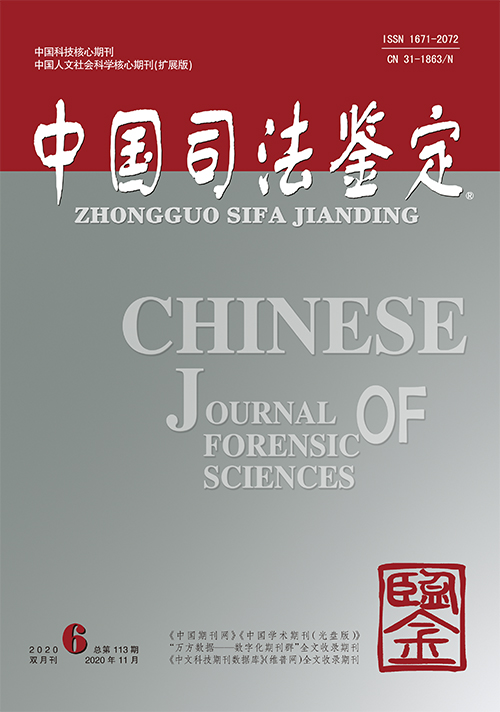The new Criminal Procedural Law has made the following revisions on forensic appraisal: it replaced “appraisal result” with “appraisal opinion”, so that the nature of forensic appraisal is restored; it deleted the provision that re-appraisal of body injuries and mental illness should be conducted by hospitals designated by provincial level governments, so that the forensic appraisal system is more legitimate; it provided for the circumstances under which an appraiser should take the stand and established the hearsay rule for appraisal opinions; it strengthened the protection for the rights of appraisers; it introduced the expert assistant system, so that the cross-examination of appraisal opinions could be more substantial. These revisions are all progresses for the forensic appraisal system. However, the amendments to CPL dose not touch on the issue that who holds the right to initiate forensic appraisal. Besides, more protection for the appraisers’ right is needed.

